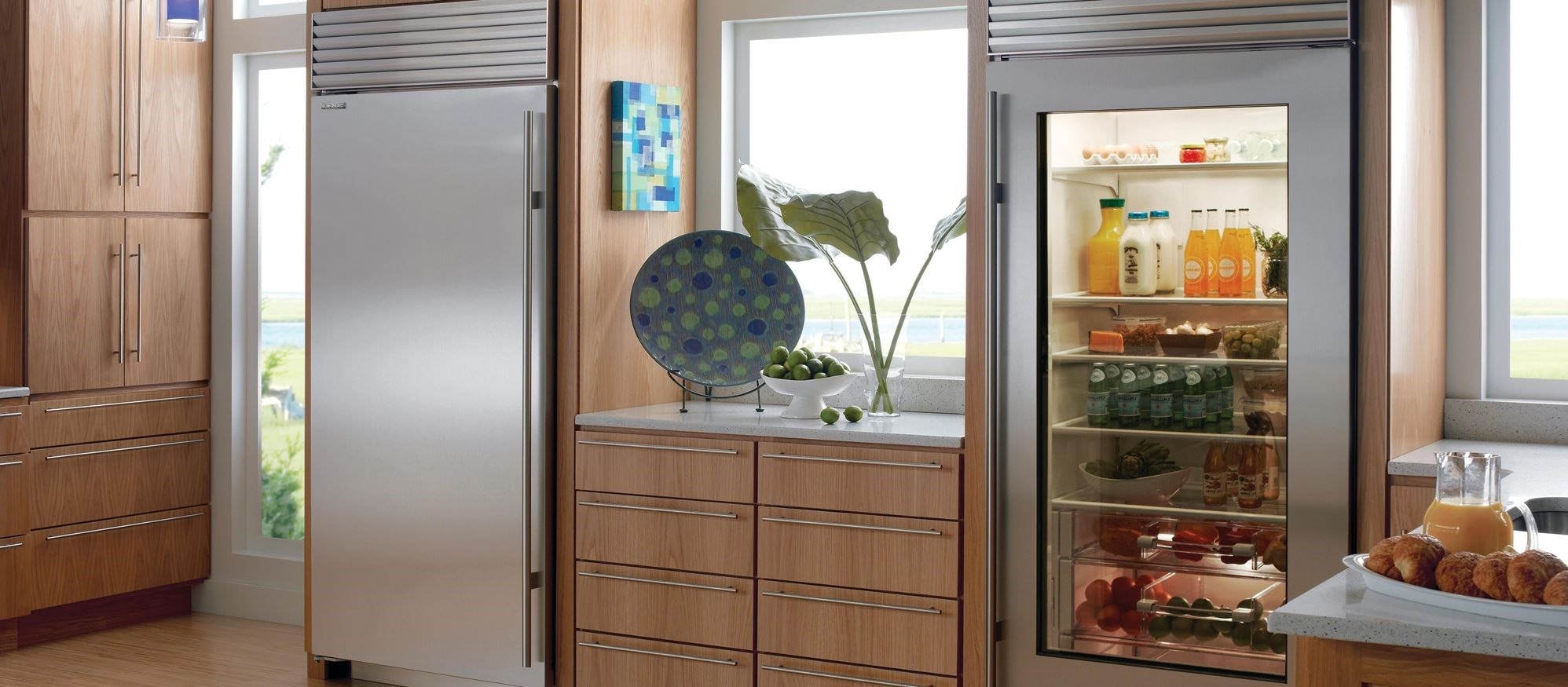In an era of disposable appliances and rapid obsolescence, it may come as a surprise that many homeowners are opting to rebuild rather than replace their vintage Sub-Zero refrigerators. These luxury units, particularly the classic 400 and 500 series, were built with exceptional cabinet construction and insulation that often outperform modern alternatives. So why discard a perfectly good foundation when a strategic retrofit can extend the unit’s lifespan by another decade or two?
Rebuilding a Sub-Zero fridge involves more than just patching up a few parts. It’s a technical overhaul: replacing the outdated R12 refrigerant system with the more eco-friendly R134a, updating critical components like compressors and evaporators, and recalibrating the unit for optimal performance.
This article explores the logic behind rebuilding, the key components involved, and how professional guidance ensures a lasting solution.
Why Rebuild Instead of Replace?
The core reason for a rebuild often comes down to one word: value.
Modern Sub-Zero replacements can run $12,000 to $15,000, not including installation, cabinetry modifications, or downtime. In contrast, a professionally rebuilt unit typically costs a fraction of that and may deliver similar performance once updated.
Sub-Zero units from the late 80s through early 2000s were engineered to last. The problem? They relied on R12 refrigerant, which is now banned due to environmental concerns. And while these systems can technically be serviced with drop-in replacements or gray-market R12, it’s neither efficient nor sustainable.
Retrofitting to R134a—a refrigerant that’s both more available and compliant with current standards—requires a deliberate rebuild. Think of it as a mechanical renaissance rather than a quick fix.
What’s Involved in a Sub-Zero Rebuild?
Contrary to DIY fantasies, retrofitting a refrigeration system isn’t as simple as swapping fluids. Every component designed around R12 behaves differently than its R134a counterpart. Here’s what a comprehensive rebuild typically includes:
- Compressor Replacement: The compressor is the heart of any refrigeration system. R12 compressors are neither efficient nor compatible with R134a. A modern R134a-rated compressor ensures longevity and reduced energy consumption.
- Evaporator and Heat Exchanger Swap: These parts are crucial for cooling performance. R12-based systems use materials and flow rates that simply aren’t optimal for R134a. Swapping in updated evaporators and exchangers ensures consistent, frost-free operation.
- Capillary Tube Adjustment: The capillary tube controls refrigerant flow, acting as a metering device. Its length and internal diameter must be recalculated for R134a’s unique pressure-temperature relationship.
- Vacuum and Leak Testing: Once rebuilt, the entire sealed system is vacuumed to remove moisture and air. Then, it’s tested for leaks, which are more common after modifying copper joints or swapping compressors.
- Charging and Calibration: Unlike topping off engine oil, charging a refrigerator system isn’t measured in volume. Professionals rely on temperature-pressure charts, thermocouples, and years of experience to properly charge a unit with R134a.
You can read a full guide on this process at Sub-Zero Rebuild R12 to R134a.
What Are the Benefits?
Beyond cost savings and environmental compliance, a rebuild gives homeowners flexibility. Some benefits include:
- Extended appliance life: A rebuilt Sub-Zero can last another 10–15 years.
- Better efficiency: Modern components reduce energy consumption and noise.
- Avoiding waste: Reusing the original frame and insulation keeps appliances out of landfills.
- Preserving cabinetry: Retrofitting means you don’t have to remodel your kitchen to accommodate new dimensions or aesthetics.
And let’s not forget: vintage Sub-Zero designs have a loyal following. Their aesthetics are timeless, and many owners simply prefer them to current offerings.
Can Homeowners Do This Themselves?
Technically? Yes. Should they? Absolutely not.
Refrigeration work—especially on sealed systems—requires not only specialized tools but also EPA Section 608 certification for refrigerant handling. And unless you own a recovery machine, vacuum pump, manifold gauges, thermocouples, torch, nitrogen tank, and leak detector (oh, and you know how to use them), this is best left to professionals.
This is where a reliable service like Sub-Zero Repair Bay Area becomes essential. They specialize in high-end appliance rebuilds, ensuring that systems are rebuilt to manufacturer standards—or better.
Conclusion
Rebuilding a Sub-Zero refrigerator isn’t just an act of nostalgia—it’s a calculated decision that prioritizes performance, sustainability, and value. With the right components and professional execution, you’re not just repairing an appliance—you’re investing in a high-performance, luxury-grade cooling system that’s ready for another decade of service.
For those considering the leap, it’s important to partner with experienced technicians who understand the intricate relationship between refrigerants, pressure regulation, and thermal dynamics. With expert care, your vintage Sub-Zero can go from outdated to outstanding—and stay that way.





























